Stevenson, EM, Buckling, A, Cole, MJ, Lindeque, PK and Murray, AK 2025 Rising Tide to Silent Tsunami: Unveiling the role of plastics in driving antimicrobial resistance. Journal of Hazardous Materials, 494. 138700. 10.1016/j.jhazmat.2025.138700
Preview |
Text
1-s2.0-S0304389425016164-main.pdf - Published Version Available under License Creative Commons Attribution. Download (2MB) | Preview |
Abstract/Summary
Pollution caused by plastic production and waste has severe consequences on global economies, social inequalities, and ecosystems. Likewise, antimicrobial resistance (AMR) is one of the greatest One Health challenges. These threats are typically considered in isolation, but there is likely a complex interplay between the two. By adopting a systems approach and looking across the whole life cycle of plastics, we propose the range of ways in which plastic may influence AMR. Starting with raw material extraction processes where the leaching of potentially AMR co-selective chemicals used in pumping or piping of plastic feedstocks may influence AMR development in environmental microbial communities. Then, during production and manufacture, the use of plastic additives may impose selection for AMR. Finally, during use, collection or disposal, plastics can transport AMR biofilms in the community, clinical, agricultural, or aquatic settings. By linking these two important One Health threats, we may be better equipped and informed to combat them.
| Item Type: | Publication - Article |
|---|---|
| Additional Keywords: | Plastic pollution Antimicrobial resistance Environmental pollution Plastic Planetary boundaries |
| Divisions: | Plymouth Marine Laboratory > Science Areas > Marine Ecology and Biodiversity (expired) |
| Depositing User: | S Hawkins |
| Date made live: | 03 Jul 2025 12:54 |
| Last Modified: | 03 Jul 2025 12:54 |
| URI: | https://plymsea.ac.uk/id/eprint/10446 |
Actions (login required)
 |
View Item |


 Tools
Tools Tools
Tools